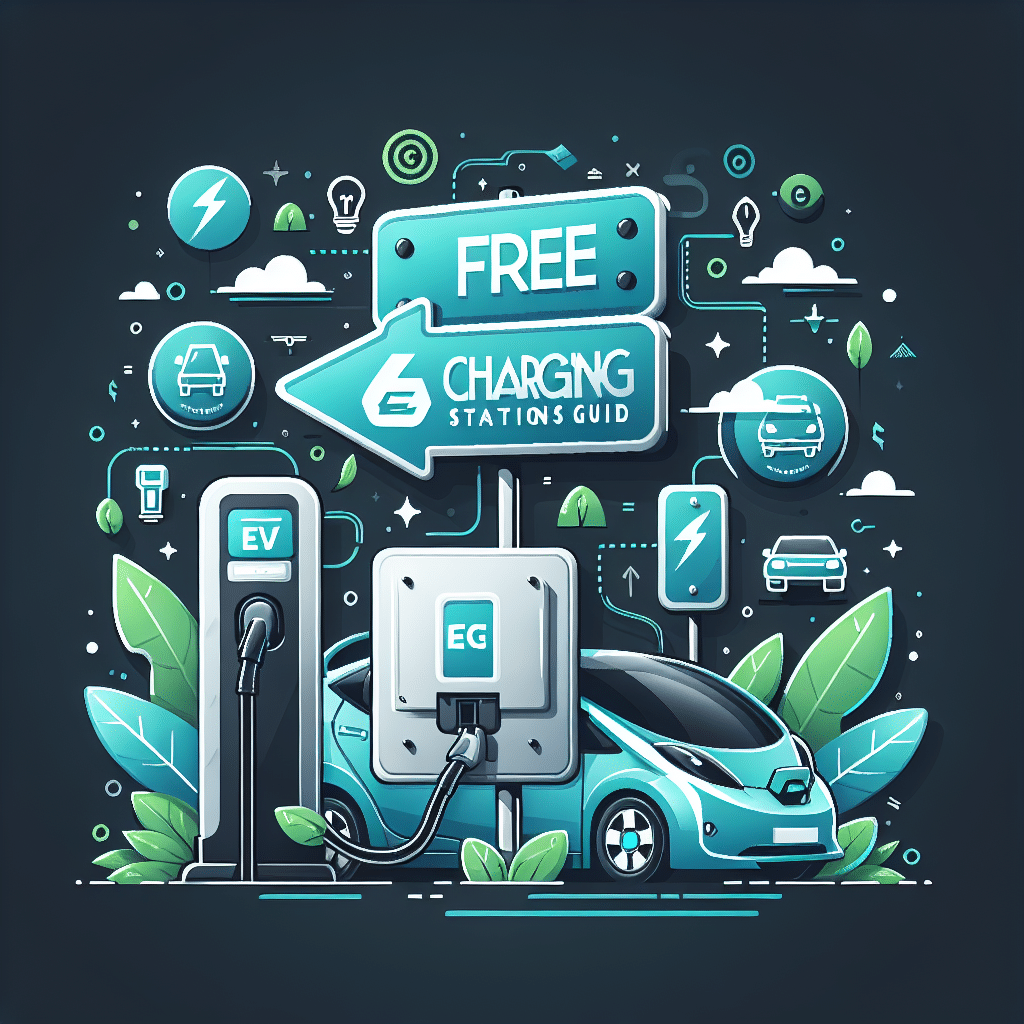Understanding Free EV Charging Stations
Electric vehicles (EVs) are becoming increasingly popular due to their environmentally friendly nature and economic advantages. One of the main concerns for EV owners is access to charging stations. However, many options are available for free charging, ensuring that drivers can keep their vehicles powered without incurring high costs.
Types of Free EV Charging Stations
-
Public Charging Stations: Many cities and municipalities have established free charging stations as part of their commitment to sustainable transportation. These stations are often located in public parking areas, community centers, and government buildings.
-
Commercial Charging Stations: Some businesses, especially retail locations, offer free charging to attract customers. Stores like Whole Foods, Target, and hotels may provide complimentary charging stations to promote foot traffic and enhance customer loyalty.
-
Workplace Charging: Many employers are now accommodating EVs by installing charging stations at the workplace. These are typically free for employees and serve as an incentive for greener commuting practices.
-
Level 2 Chargers vs. DC Fast Chargers: Most free charging stations are level 2 chargers, which provide a slower charge (around 6-10 hours). In contrast, DC fast chargers deliver a rapid charge but are often not free. Knowing the difference can help EV owners select the right charging stations.
Finding Free EV Charging Stations
To locate free EV charging stations, consider the following tools and resources:
-
Mobile Apps: Numerous mobile apps are available that can help locate charging stations. Apps like PlugShare, ChargePoint, and EVgo show real-time availability and user reviews, providing insights into the best spots for free charging.
-
Websites: Websites such as the U.S. Department of Energy’s Alternative Fuels Data Center offer comprehensive maps of EV charging stations, including free options. This can be an invaluable tool for planning longer journeys.
-
Social Media and Online Communities: Engaging with fellow EV owners in forums or social media groups can yield tips on newly opened free charging stations and other resources in your area.
-
Manufacturer Resources: Many EV manufacturers provide tools for locating charging stations tailored to their vehicles. Check your vehicle manufacturer’s website or app for integrated features and resources.
Features of Free EV Charging Stations
Free EV charging stations come with various features tailored to enhance user experience:
-
User-Friendly Interfaces: Many charging stations feature touchscreens that guide users on how to connect their vehicles easily.
-
Multiple Ports: Some stations provide multiple charging ports, allowing several EVs to charge simultaneously, enhancing convenience.
-
Real-Time Monitoring: Advanced charging stations allow users to monitor their energy consumption and charging progress through mobile apps or screens installed at the station.
-
Accessibility: Stations are often designed to accommodate all users, including those with disabilities, offering features such as well-marked spots and easy accessibility.
Benefits of Using Free EV Charging Stations
-
Cost Savings: The most obvious benefit is saving money. Free charging alternatives can significantly reduce the overall cost of vehicle operation.
-
Environmental Impact: Using electricity from renewable sources, many free charging stations contribute to reducing carbon footprints further.
-
Increased EV Adoption: Free charging stations promote the adoption of electric vehicles by alleviating concerns surrounding charging costs.
-
Convenience: Many free charging stations are conveniently located in urban areas, making it easy to recharge during daily activities.
Best Practices for Charging at Free Stations
-
Planning Ahead: Always check online or via apps for charging station availability before heading out. This saves time and ensures you have a place to charge.
-
Be Considerate: If your vehicle is fully charged, move it to free up the station for others. This promotes community sharing and ensures availability for other EV owners.
-
Maintain Charging Etiquette: Follow any posted guidelines. Some areas have time limits or other regulations to ensure fair access for all users.
-
Check for Fees: While many stations may be free, some facilities may start charging fees after a certain period or for idle time. Be aware of the policies at each location.
The Future of Free EV Charging Stations
As the transportation landscape continues to evolve, the number of free EV charging stations is expected to grow. Cities, businesses, and innovation in the EV industry are driving initiatives to make charging more accessible. Future developments may include:
-
More Public-Private Partnerships: Expect increased cooperation between public institutions and private companies to expand the network of charging stations.
-
Integration with Renewable Energy Sources: Many charging stations will increasingly source power from renewable energy providers, enhancing their environmentally friendly appeal.
-
Smart Charging Options: Future charging infrastructure may feature smart technology that optimizes charging times based on grid demand and renewable energy availability.
-
Government Incentives: Local and federal incentives may continue to encourage businesses and municipalities to install and maintain free charging stations, promoting sustainable transportation systems.
Conclusion
Free EV charging stations are a valuable component of the electric vehicle ecosystem. By utilizing the tools available, such as apps, websites, and social platforms, EV owners can locate and take advantage of these free resources effectively. As we look to the future, the expansion and improvement of these stations represent a significant step toward a greener and more sustainable transportation system.
